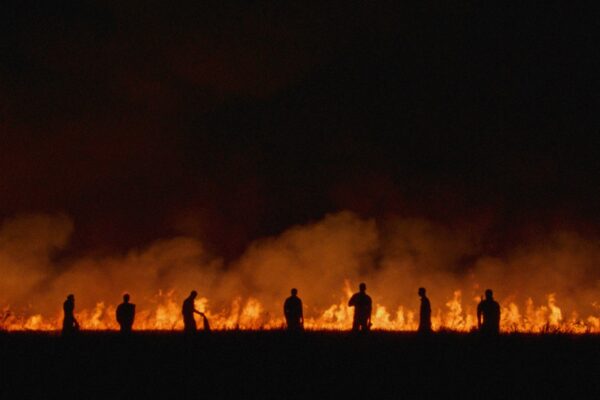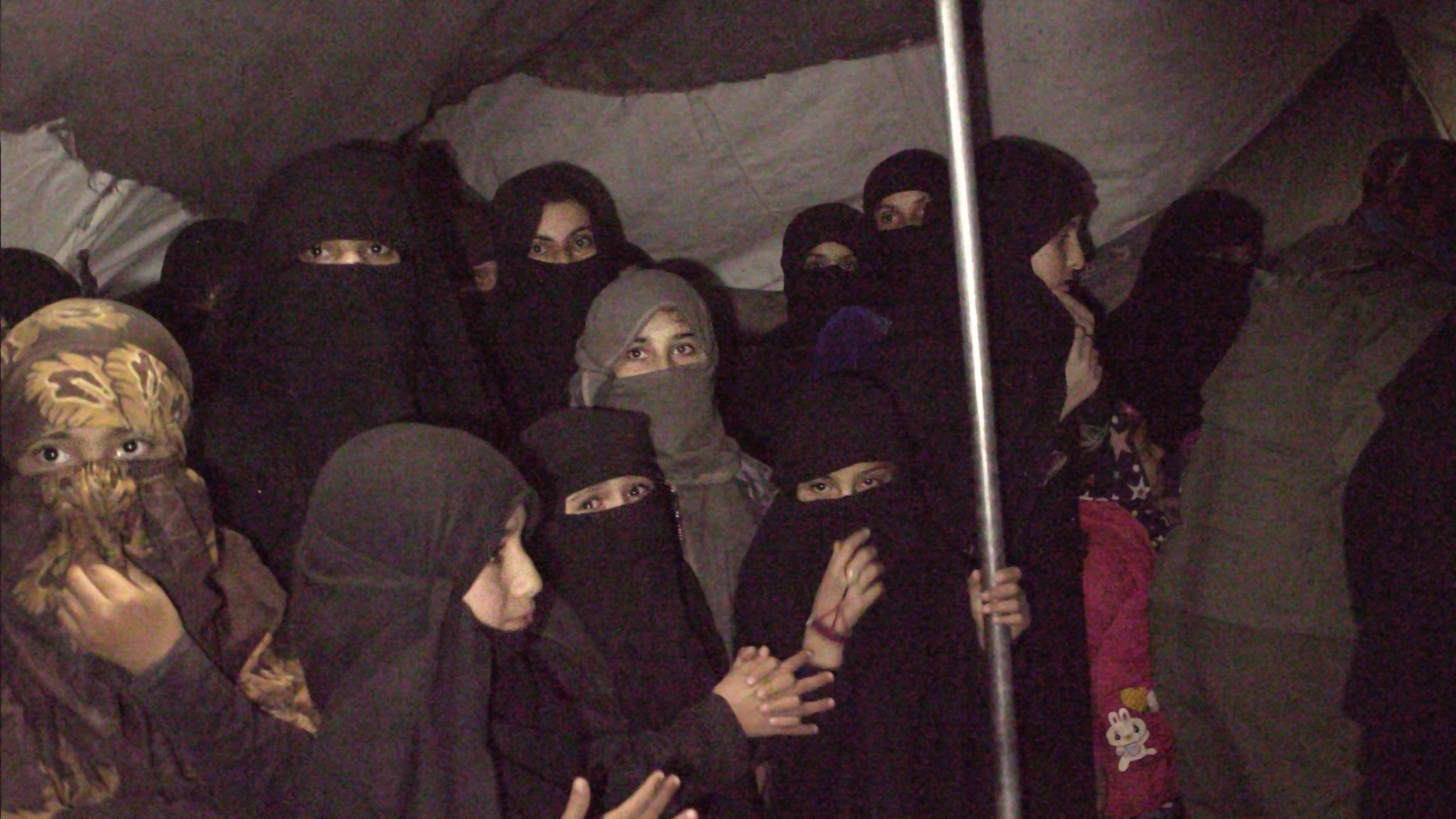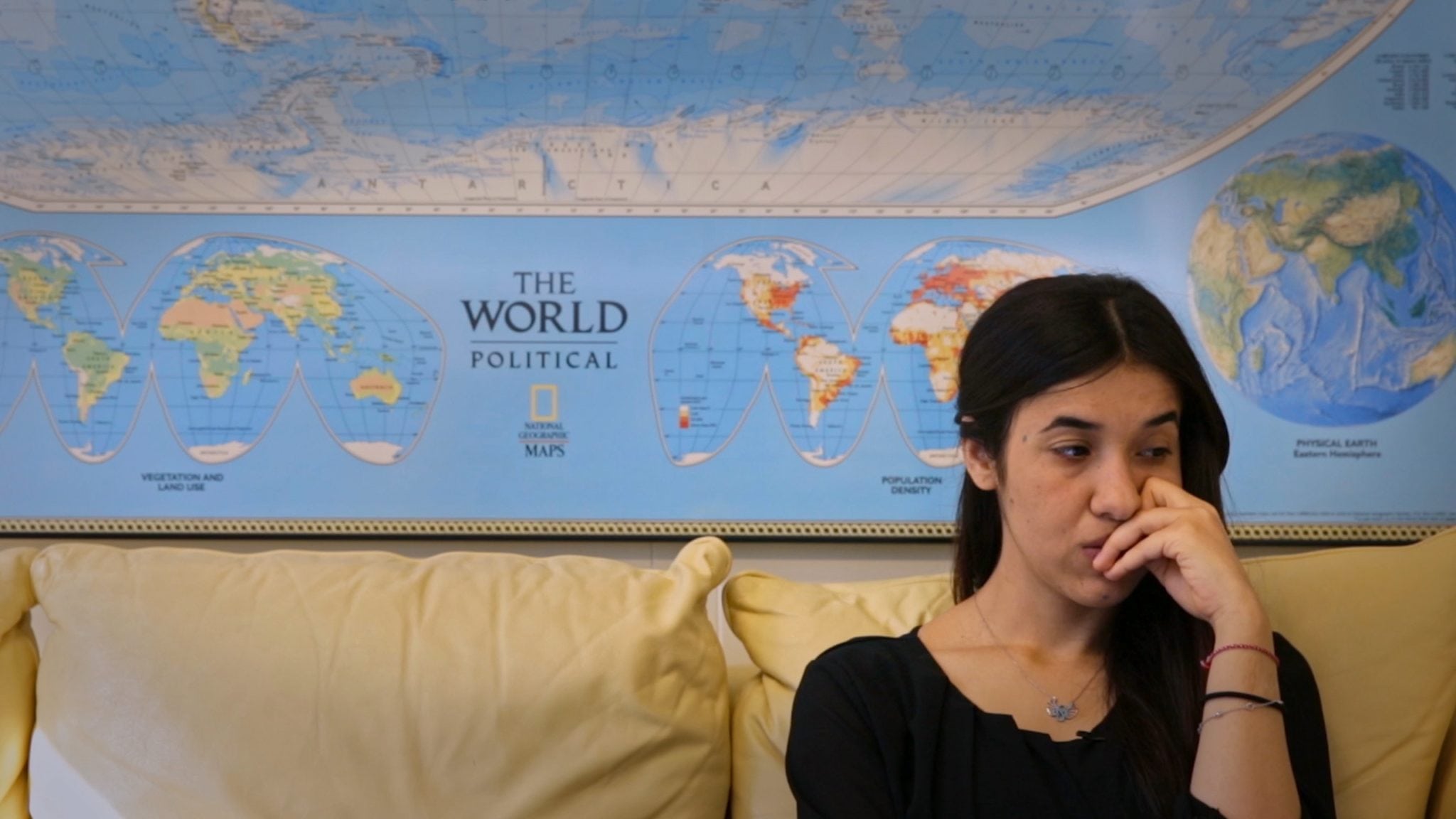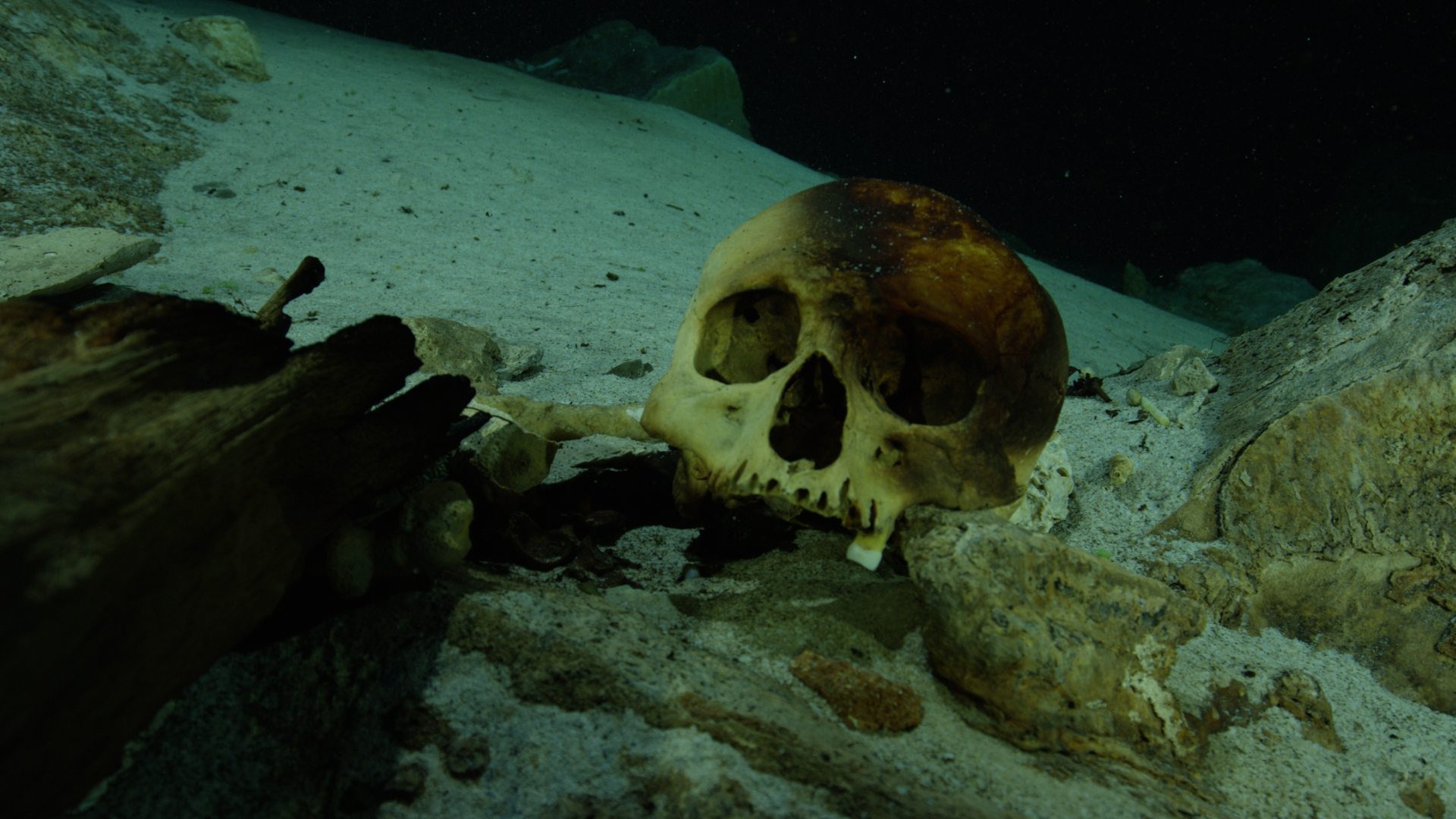
Four Daughters – Psychodrama of grief
How does one speak of losing not just one child, but two? In Four Daughters, Kaouther Ben Hania takes us into a family that has suffered such a loss—but not as we might think. She takes us back to see the family’s life before and after the loss. It is such an intimate telling of…






